A Balinese Feast of Tradition and Taste at Nona Bali
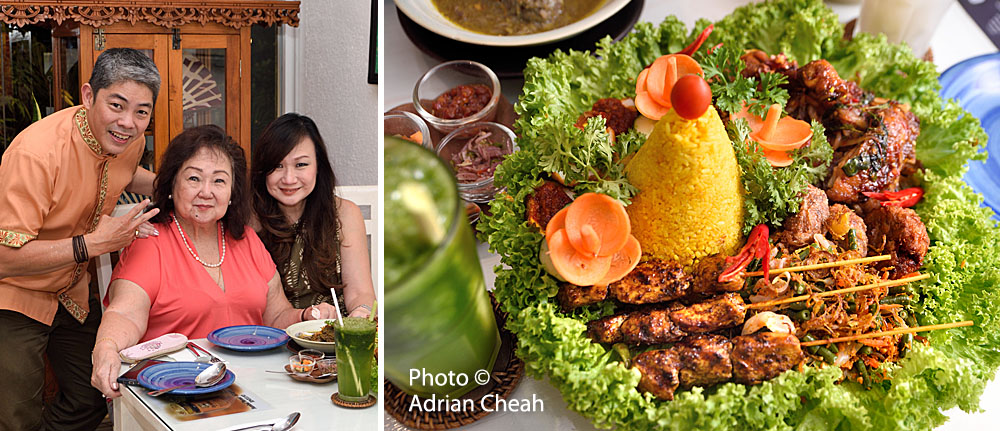
Bali, an island province of Indonesia, lies at the westernmost end of the Lesser Sunda Islands, nestled between Java to the west and Lombok to the east. This picturesque island is famed for its vibrant culture, rich tradition of art and spirituality, intricate architectural structures, breathtaking rice terraces, pristine sandy beaches and its delicious cuisine.
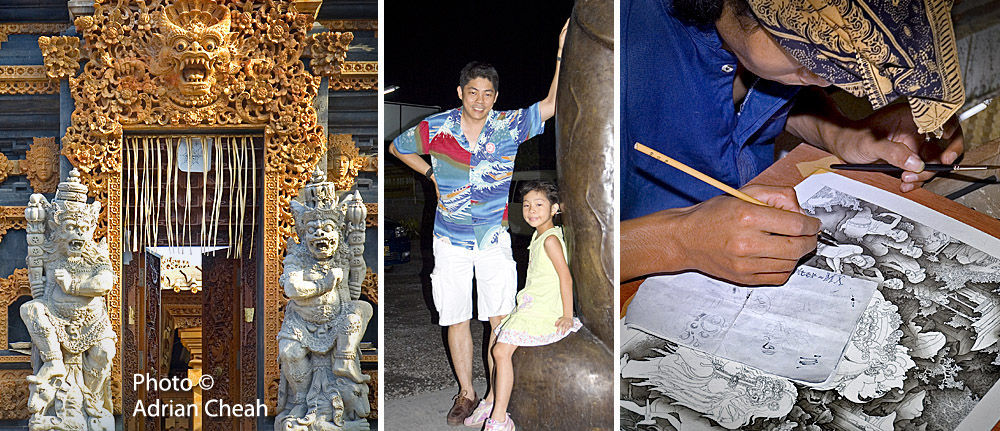
One remarkable feature I have noticed during my escapades in Bali is the strong connection the community has to nature, reflecting the island's rich cultural and spiritual traditions. This connection is also evident in the Balinese cuisine, where food serves not only as a source of sustenance, but is closely woven with rituals, community, family, offerings and the environment.
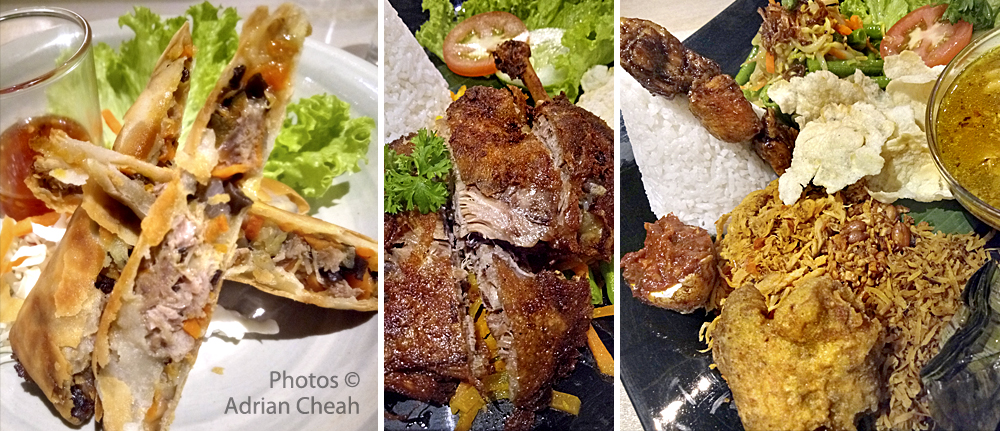
In Penang, Nona Bali serves a wide range of authentic Balinese dishes, including seafood offerings, grilled meats, spicy curries and fragrant rice dishes, all prepared with the traditional Indonesian cooking philosophy. This pork-free restaurant offers set meals for lunch and à la carte menu for dinner, with several vegetarian options available. The Bebek Crispy (Balinese fried crispy duck), Ayam Penyet, Salmon Sambal Matah and Sate Be Siap (Balinese-style chicken satay) are firm favourites of mine.
Nona Bali is the proud result of the partnership between co-founders Peter Tait, a Penangite and Chef I Made Sudiarta, a Balinese. Chef I Made was born in Sanur but his roots trace back to Gianyar, near Ubud. Growing up, he developed an appreciation for his mother's culinary talents, which were steeped in age-old recipes and flavours passed down through generations. Some of Bali’s signature dishes are said to have a history that spans hundreds, if not thousands, of years. For example, the cooking methods of the classic betutu dish (cooked underground with hot stones and coals) and the ritual lawar minced vegetables are believed to be legacies from the Majapahit Empire (1293 to around 1500). It is these strong traditions that bestow a unique character to the Balinese cuisine.
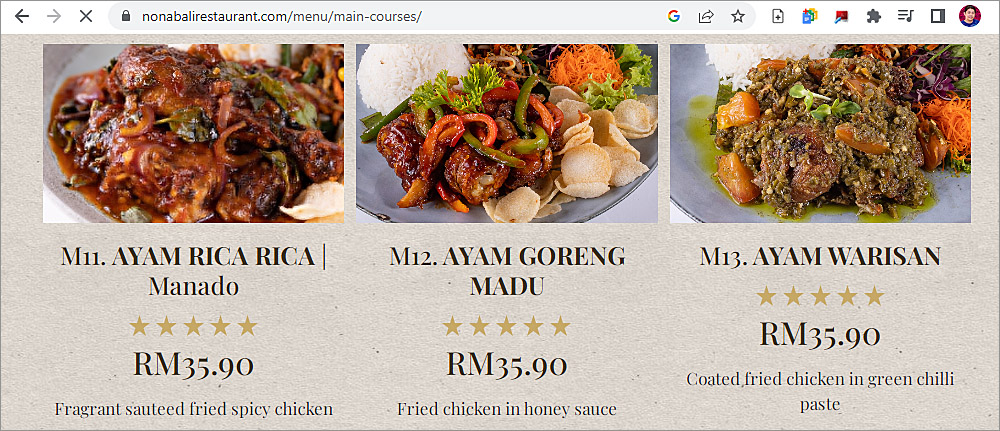
Such enduring cultural practices are ingrained in Chef I Made's culinary philosophy and he draws inspiration from Bali's rich gastronomic heritage and of course, from his own mother when crafting the offerings at Nona Bali. Every bite, savoured mindfully, tells its own story – perhaps one of philosophy, regional produce, geography, or even a glimpse into Chef I Made's mother, whose cherished recipes we are fortunate enough to enjoy here in Penang. The dishes includes Ayam Betutu (a slow-roasted chicken infused with aromatic herbs) and Bebek Bakar (grilled sweet and spicy duck), among many other items on the menu. Chef I Made believes that natural flavours should shine through every dish, so his cooking is MSG free.
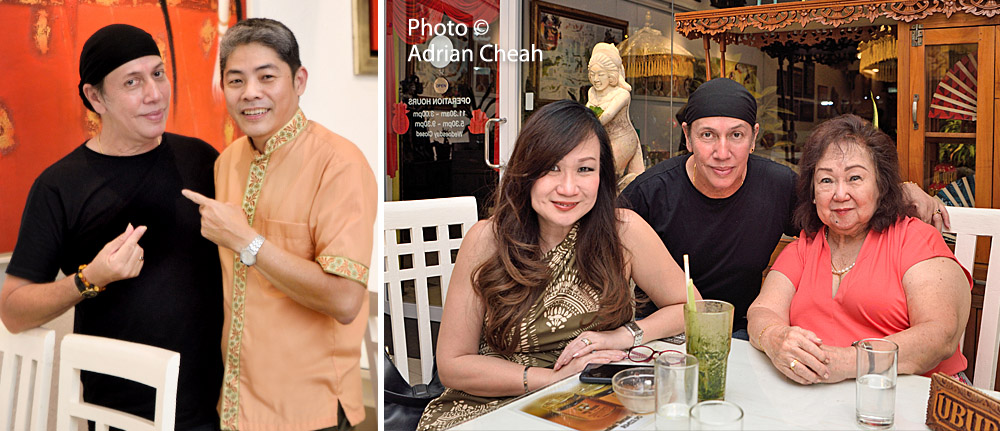
After graduating from culinary school in Bali, Chef I Made honed his culinary skills at various restaurants including overseeing two fine dining establishments on board a MSC Italian cruise ship. Like Chef I Made, Peter's rich culinary lineage (mixed Thai-Eurasian parentage) makes him an accomplished cook as well. With both men at the helm, the quality and taste at Nona Bali are exceptional.
It is intriguing to learn that the kitchen is considered a sacred place in Balinese culture. Do you know that in the centre of a traditional kitchen setup, there are three different stoves representing the cycle of time? Such symbolism is evident in the traditional Balinese kitchen, known as a "paon". Another captivating anecdote I encountered while writing this story is that in Balinese culture, the pestle and mortar embody the union of the yoni and linga, which signifies the merging of the microcosm and macrocosm. As they are ground together, they represent the turning of the world, the eternal process of creation. It is truly remarkable how even the humble spice grinder can carry such profound meaning in this rich cultural tapestry.
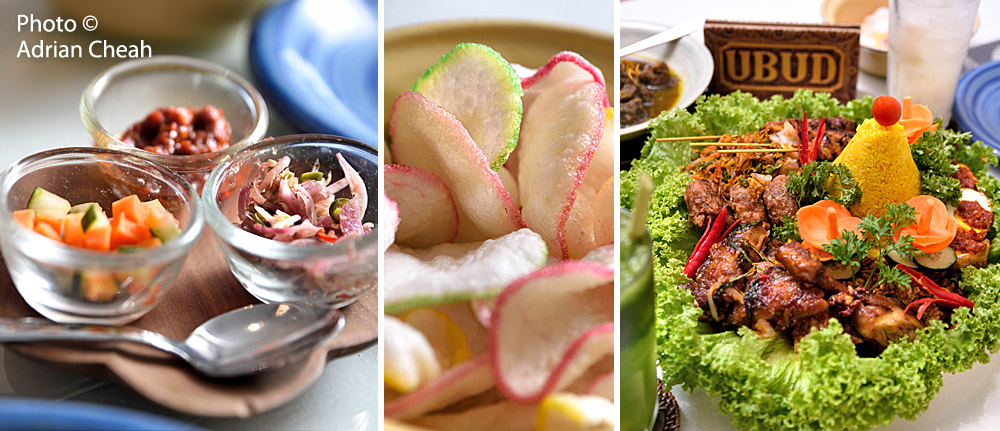
For dinner at Nona Bali, we pre-ordered the Nasi Tumpeng to share, a beautifully curated dish synonymous with joyful celebrations. Served on a platter, the dish consists of a cone-shaped mound of fragrant turmeric-tinted rice spiced with cinnamon, cloves, and pandan leaves, enriched with coconut milk.
In an article published in thejakartapost*, Murdjati Gardjito, explained that, "tumpeng’s shape symbolises the relationship between humans and god. She explained that there was only a single grain on top of the tumpeng, which represented god. Meanwhile, the bottom part of the dish, which consists of larger portions and various dishes, illustrated the character of humankind and the complexity of life." A researcher at food and nutrition centre at Gadjah Mada University (UGM), Yogyakarta, she also added that one should start eating the tumpeng from the bottom up.
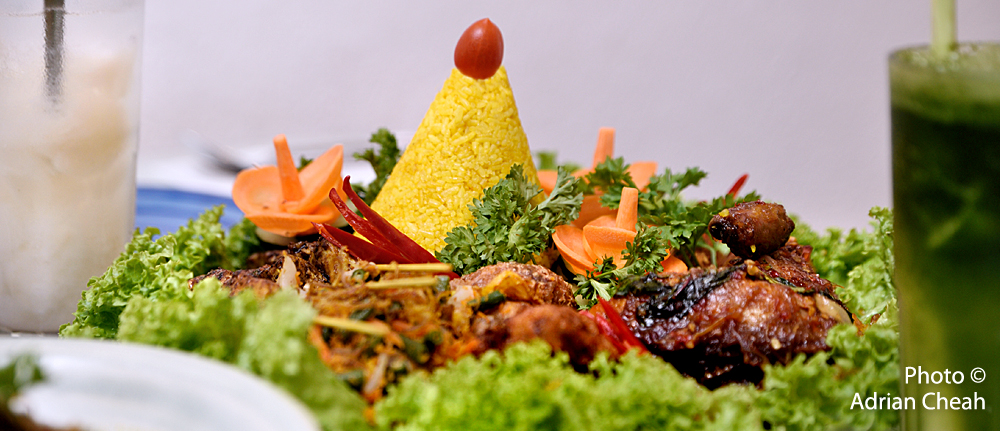
The concept of the tumpeng derived from the old Javanese manuscript "Tantu Panggelaran", which regarded the peak of Mount Semeru in East Java (known as Mahameru as the dwelling abode of gods). Hence, the tumpeng represents the shape of a mountain.
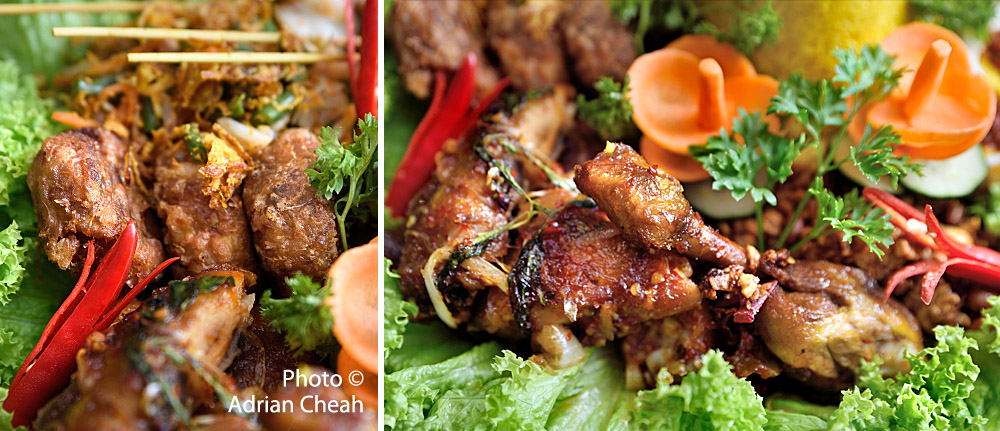
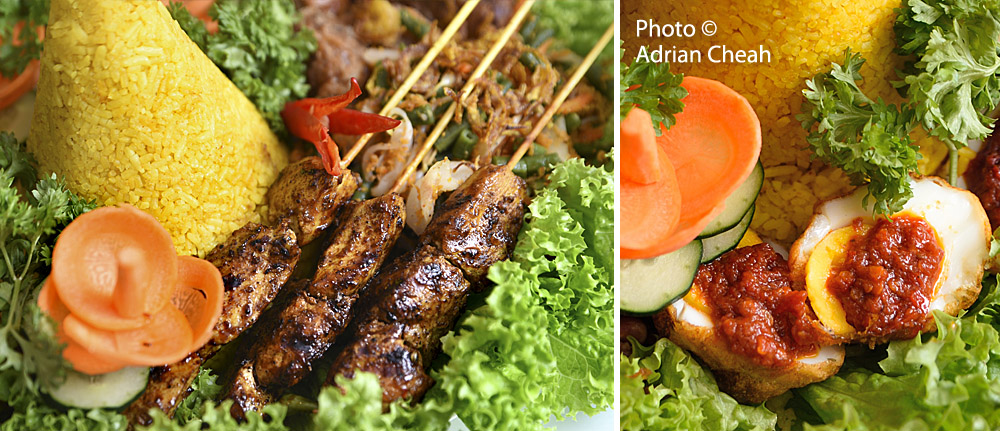
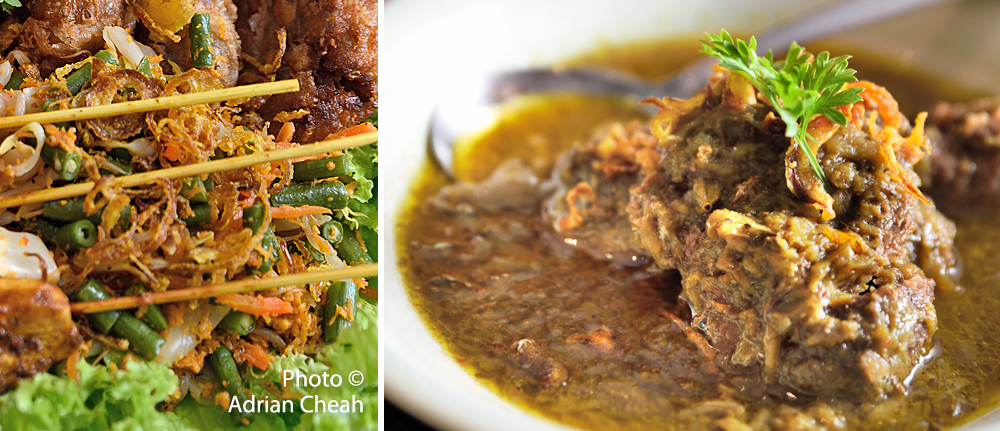
For our version at Nona Bali, surrounding the rice mount were seven side dishes – Sate be Siap (chicken satay), Ayam Rica Rica (spiced fried chicken), Perkedel Kentang (potato croquettes), Telur Balado (fried hard boiled eggs) halves topped with a fiery sambal, fried tempeh (fermented soybeans), Karedok (a mixed salad of bean sprouts, cabbage, cucumber, eggplant and long beans with a peanut sauce), as well as Kare Kambing (lamb in turmeric-based curry) served on the side. The seven side dishes in the tumpeng are also intended to symbolise the seven types of assistance that one can expect to receive from the gods. The numeral “7” is regarded as auspicious in the Javanese culture as “pitu” (Javanese for “7”), an "abbreviation" that could stand for “pitulungan” (aid).
Although the etymology of the tumpeng is uncertain, Dr Ari Prasetiyo, a Javanese language lecturer at the University of Indonesia (UI) believes that the dish has been influenced by Hindu tradition. The word is an abridge from the Javanese sentence “Yen metu kudu mempeng,” which roughly means, “Make sure to give all you can when you come out". This concept instils a sense of confidence and enthusiasm when approaching life.
It is a poignant reminder that what we savour should not just be food, devoid of sentiment or memory. Taking the time to understand what is presented before us opens us up to a greater opportunity for appreciation and delight.
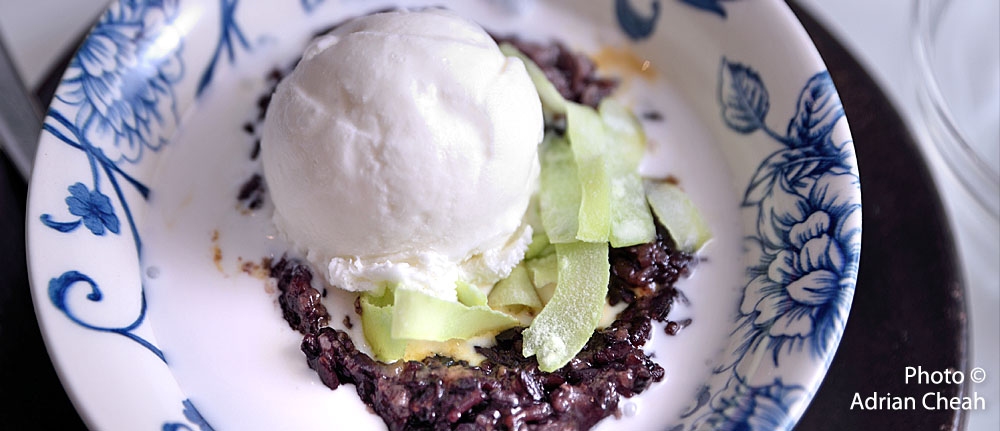
For drinks, we had the chilled Dotty Soursop with basil seeds and refreshing Lemongrass Mojito. My guests and I had a memorable time at Nona Bali, concluding the feast with the delectable Kukus Injin – black sticky rice in a rich santan (coconut milk) sauce sweetened with palm sugar and a dollop of ice cream, garnished with strips of freshly grated coconut.
Written and photographed by Adrian Cheah
© All rights reserved
Updated: 14 October 2023
-------------------------------------
Nona Bali
23, Lintang Burma, Pulau Tikus, 10350 George Town, Penang
T: +604-228 1630, +6019-308 5983 (Peter/Made)
Open daily 11.30am to 3pm, 5.30pm to 9.30pm except Wednesdays
www.nonabalirestaurant.com
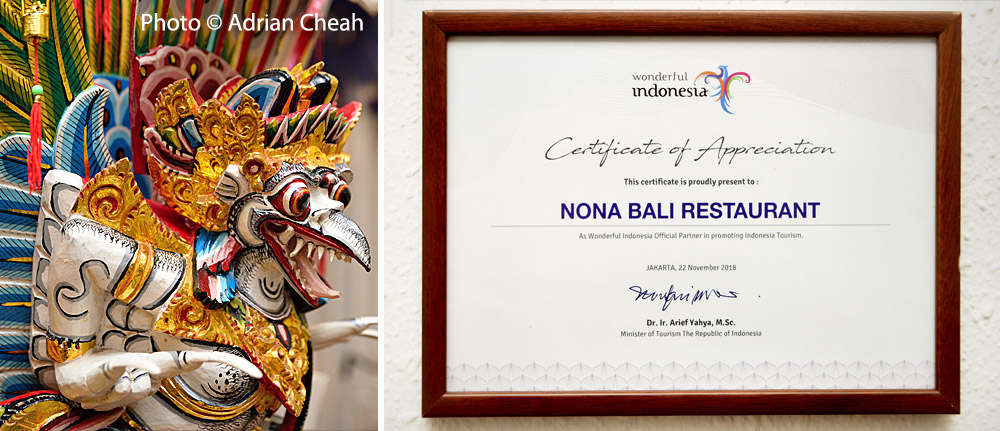
Nona Bali first opened its doors to the public in August 2013 at Karpal Singh Drive. Over the years, it garnered a string of loyal followers among the locals and the Indonesians community in Penang. In 2018, Nona Bali received a certificate of appreciation from the Tourism Ministry of the Republic of Indonesia "As a wonderful Indonesia Official Partner for Promoting Indonesia Tourism". In 2019, although the devastating Covid-19 pandemic took its toll on restaurateurs and businesses, the resilience of Nona Bali endured. Thus, as the pandemic's dust began to settle, Nona Bali relocated its business to Pulau Tikus in August 2021, embracing a new beginning.
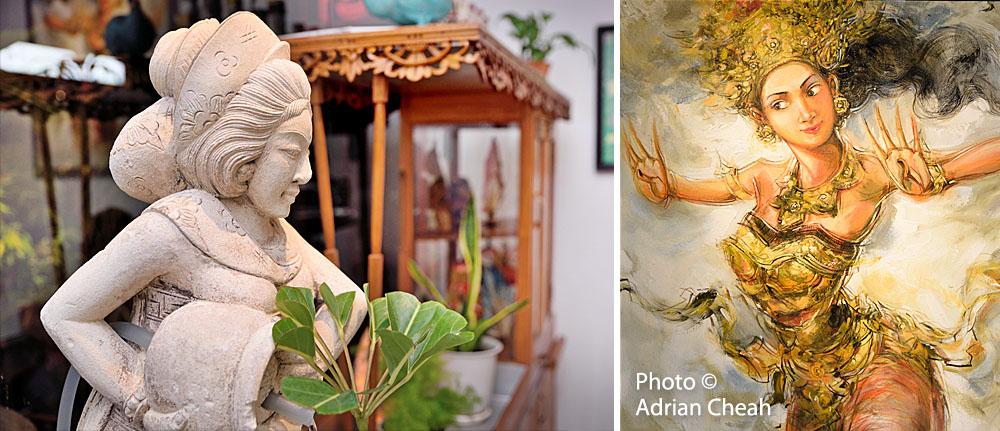
The inviting entrance is decked with lush potted plants and a typical Balinese umbrella on each side. The brightly lit interior is beautifully decorated with colourful Balinese paintings and ornaments (they are up for sale as well).
If you enjoy the spicy Sambal Terasi (Indonesian shrimp paste sambal), you can buy home a 200 gm bottle for RM20.
-------------------------------------
* "Five interesting facts about ‘tumpeng’" by Jessicha Valentina (The Jakarta Post) Jakarta; Sun, 6 August 2017. Click here to read.